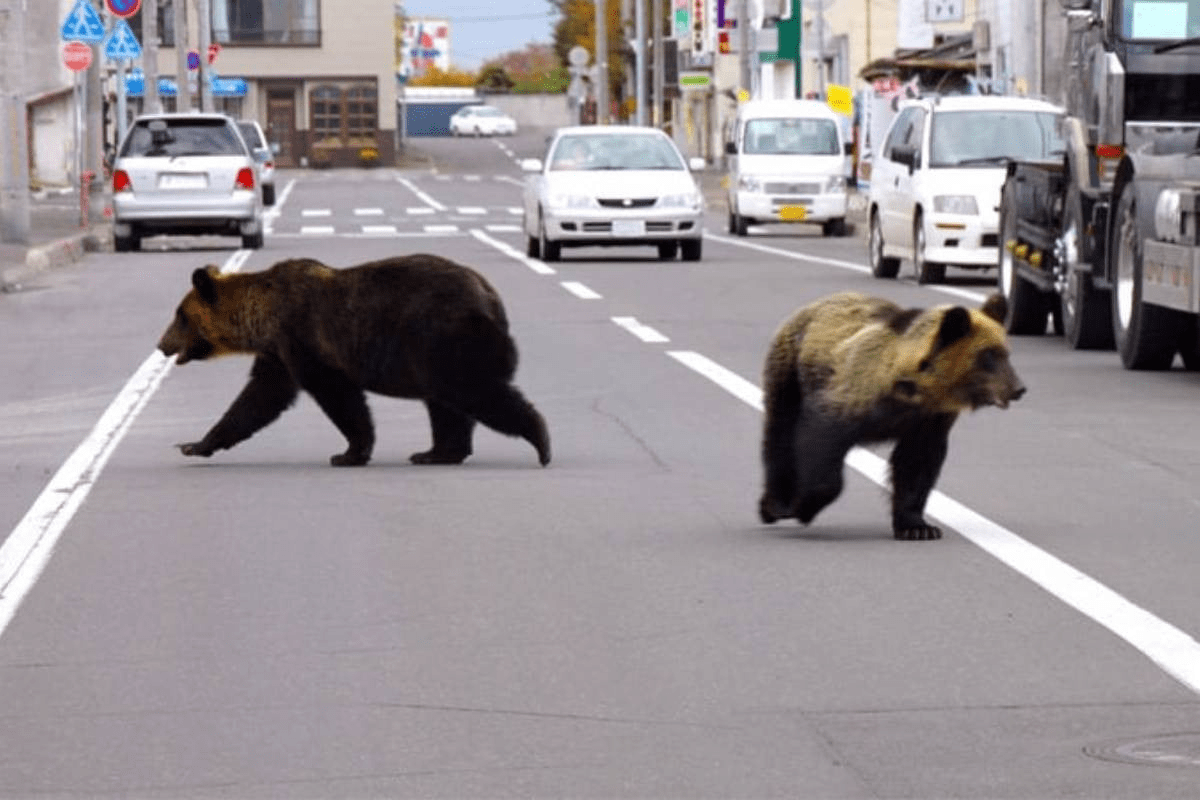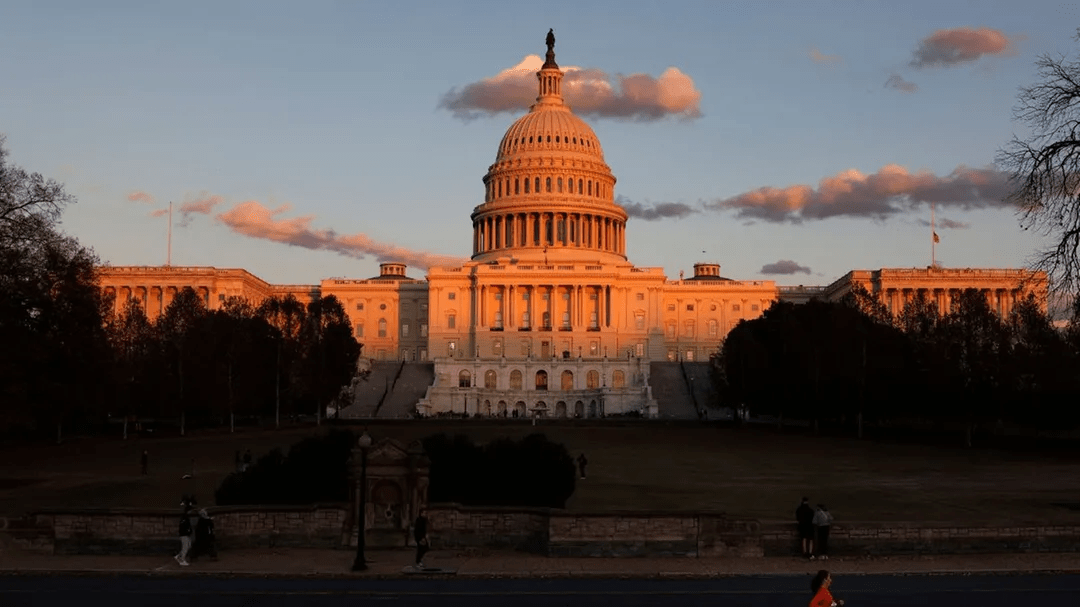From rare encounters to regular headlines
Japan’s ruling Liberal Democratic Party has proposed a package of emergency measures to reduce bear attacks, after a sharp rise in encounters pushed the issue from local concern to the national agenda. The plan would allow authorities to hire more people with hunting licences as designated “government hunters” who can quickly respond when bears stray into towns and villages. It also calls for expanded use of electric fences, traps and other deterrents around farmland and residential areas in high-risk regions. The proposals reflect growing alarm over repeated incidents in which brown and black bears have injured or killed residents, including elderly farmers and hikers, in recent months.
Wildlife experts say several forces are driving the surge: changing forest ecosystems, poor acorn harvests that send bears searching for food, and rural depopulation that leaves once-managed landscapes overgrown. As villages empty and undergrowth thickens, animals can move more easily between forest and field. At the same time, more city dwellers are moving or travelling to the countryside, increasing the chances of surprise encounters on mountain trails or near homes built close to tree lines. Municipalities have struggled to balance public safety with conservation, as bears are integral to Japan’s ecosystems and, in some regions, protected under local rules. With budgets tight and specialised personnel in short supply, mayors have lobbied Tokyo for clearer legal backing and financial support to respond to emergencies.

Balancing safety, conservation and rural realities
Under the ruling party’s plan, prefectural governments would be able to designate trained marksmen who can be quickly dispatched when bears repeatedly approach residential zones or schools. Supporters argue that this will speed up decisions that are now bogged down in paperwork and confusion over who has authority—the police, wildlife offices or municipal councils. The proposals also envision more investment in early-warning systems such as community alert apps, loudspeakers and coordinated patrols at dawn and dusk when bears are most active. Farmers could receive subsidies to install electric fencing around crops that attract wildlife, while foresters would be encouraged to thin and manage woodland closer to towns.
Environmental groups and some biologists caution, however, that a heavy reliance on culling risks normalising lethal control rather than tackling underlying drivers. They argue that fragmented forests, climate-linked food shortages and abandoned farmland all push bears closer to people, and that long-term solutions must include habitat management and education on how to avoid attracting animals with unsecured rubbish or stored grain. There are also ethical and cultural sensitivities: in parts of Japan, bears feature in folklore and local cuisine, and attitudes toward hunting vary sharply from region to region.
For rural residents who have seen school closures, ageing populations and shrinking public services, the bear issue has become one more symbol of feeling left behind. Some welcome the prospect of faster protection for children and crops, while others worry Tokyo will impose rules without listening to local knowledge. The debate now facing lawmakers is whether they can craft a framework that protects people without turning Japan’s forests into free-fire zones. How they answer will shape not only the coming winter’s headlines, but the longer relationship between communities and the wild animals that surround them.

 TPW DESK
TPW DESK 


















